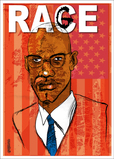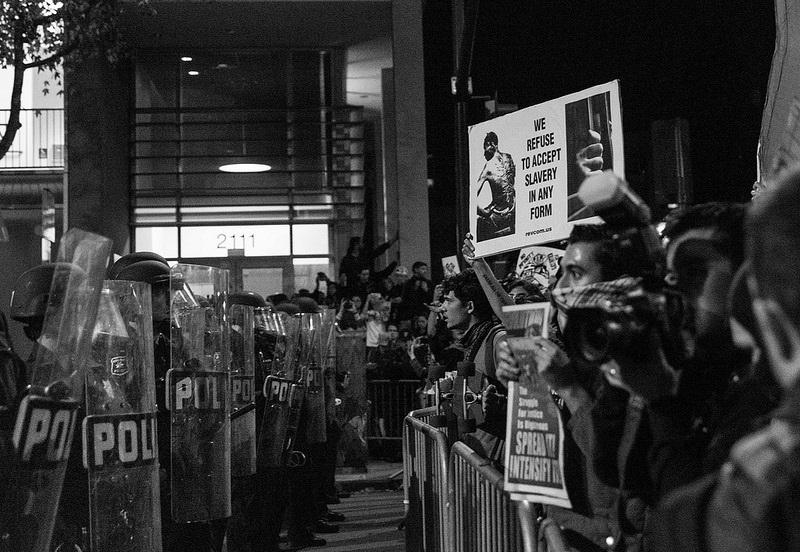
In the February 9, 2015 issue of the New Yorker, Kelefa Sanneh, "Don't Be Like that: Does Black Culture Need to be Reformed," reviews Orlando Patterson's recent anthology, THE CULTURAL MATRIX: UNDERSTANDING BLACK YOUTH. In it, he addresses what I consider to be the misguided debate in sociology between "structuralists" and "culturalists" as to which perspective provides the best explanation for high rates of violent crime among "poor black youth." It is regrettable that Sanneh and Patterson are unaware of THE LINEAMENTS OF WRATH: RACE, VIOLENT CRIME, AND AMERICAN CULTURE. In its carefully documented pages, I explain the consequences of both custom (culture) and policy (structure) that have shaped subcultures of white and black violence throughout American history.
The roots of black-on-black violence can be traced back to the previous century, the southern experience, and the system of criminal justice that took the place of slavery as a means of social control and mobilizing convict labor after emancipation. Long before the urban transformation of the black population that began with the Great Migration north in the second decade of the 20th century, southern blacks were assaulting and killing one another at remarkable levels. By this time, blacks were also well aware that few whites cared whether they lived or died. The paradox of emancipation is that freedom removed the monetary value of blacks as white property, meaning that so long as their victims were also black and so long as such crimes did not affect white interests, southern courts cared little about who was murdered, raped, or robbed, or by whom...If the victim was white it was a different matter – as revealed in the long history of lynching, discriminatory capital sentencing, and convict labor.
Such disdain and indifference had a profound effect on both the way blacks thought about law enforcement and on their relations with one another. Since blacks could not expect to find justice at the hands of law enforcement and in southern courts, it was better to settle grievances and disputes personally – a custom that continues today.
The roots of black-on-black violence can be traced back to the previous century, the southern experience, and the system of criminal justice that took the place of slavery as a means of social control and mobilizing convict labor after emancipation. Long before the urban transformation of the black population that began with the Great Migration north in the second decade of the 20th century, southern blacks were assaulting and killing one another at remarkable levels. By this time, blacks were also well aware that few whites cared whether they lived or died. The paradox of emancipation is that freedom removed the monetary value of blacks as white property, meaning that so long as their victims were also black and so long as such crimes did not affect white interests, southern courts cared little about who was murdered, raped, or robbed, or by whom...If the victim was white it was a different matter – as revealed in the long history of lynching, discriminatory capital sentencing, and convict labor.
Such disdain and indifference had a profound effect on both the way blacks thought about law enforcement and on their relations with one another. Since blacks could not expect to find justice at the hands of law enforcement and in southern courts, it was better to settle grievances and disputes personally – a custom that continues today.



 RSS Feed
RSS Feed